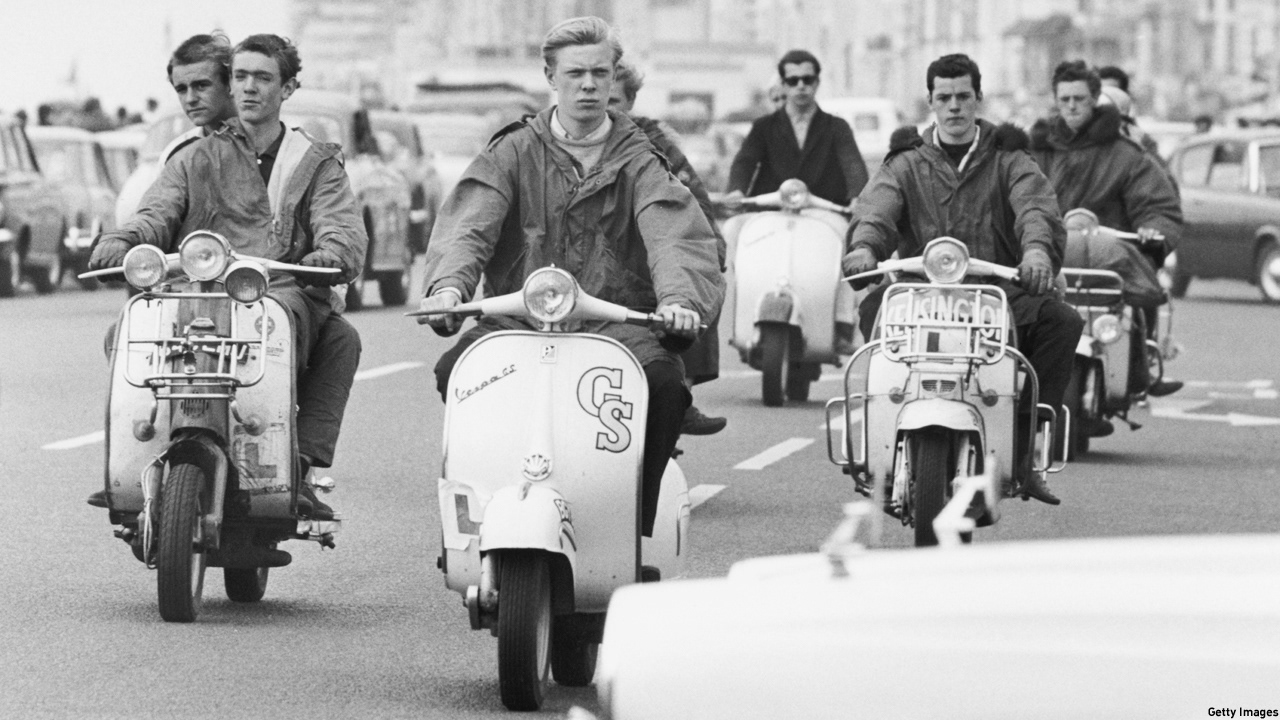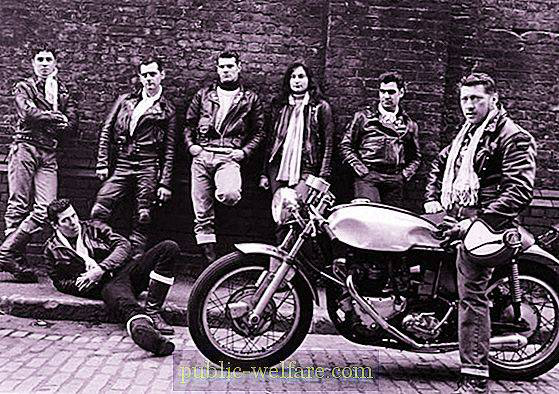


In today’s lecture, we looked into what subcultures really are, when they started to form and why. We took a historical look at how they formed and introduced key theories to help us understand how subcultures formed and how they are important to creative practice. Also reflecting on the ways the digital era has changed and influenced subcultures in a new way.
People categorize themselves in a few ways. These categories are usually created from peoples interest, fashion, music and alternative media. We looked into three theories that we can apply to youth cultures. Moral Panic is a widespread feeling that something is threatening the well being of society, usually, the media plays a big part in creating this panic. Intertextuality, the use of language and context across different media and text’s. Fan fiction is a great example of deliberate intertextuality. In fan fiction, authors enter the fictional worlds of other authors and create their own stories. For example, a Lord of the Rings fan fiction might tell the story of minor characters or add new characters to the world of Middle Earth. Sometimes, fan fiction becomes extremely successful in its own right – 50 Shades of Grey was originally written as Twilight fan fiction.
Bricolage is the definition of doing it yourself, this can be linked to fashion and art practice where more than one medium is used to create something new.
The creation of Youth culture started after the second world war. Young people no longer had conscription, they didn’t have to put on a uniform that the government told them to. They were able to create their own identities through fashion and music.
Subcultures looked different these days since the age of the internet. Mods, Punks, Soulboys, Mettler, Goths, Hippies; these were the days when people made it clear what kind of music they were into by the way in which they dress. People still dress to some subcultures however I think it is less oriented around music and more focused on fashion. The haul girls have created a subculture of their own through Youtube. Young women filming there shopping finds, giving fashion advice and tips on where to buy clothes. These women can make a living off shopping by creating a huge fan base on Youtube and Instagram. These influencers have created an unknown subculture, “ The basic white girl”
Sleek Photography Magizine
5 Subculture Photographers It's Time You Got Acquainted With
To mark the opening of a new photography exhibition of outsiders and minorities at London's Barbican, Sleek highlights 5 subcultural photographers you should know.
Larry Clark, "Untitled, 1963", from the series Tulsa, 1962 – 1971. Image: Courtesy of the artist, Luhring Augustine, New York and Simon Lee Gallery, London
"In the early 1930s, German philosopher Walter Benjamin wrote an essay entitled “A Short History of Photography,” where he proposed that the medium of photography reveals the unconscious aspects of perception. The ability of the camera to make visible what the naked eye cannot becomes all the more powerful when it's turned on those who exist at the fringes of society. Captured through a lens, people who've been marginalised, and often rendered invisible — whether based on race, gender, sexuality, class or ability – suddenly become seen. “Another Kind of Life: Photography on the Margins”, currently showing at The Barbican, puts the spotlight firmly on such marginalised figures. Bringing together over 300 photographic works from the 1950s to the present day, “Another Kind of Life” not only catalogues subcultures, counter-cultures and minorities, but also makes apparent how attitudes have changed overtime in relation to gender, sexuality and the treatment of minority groups."
Analysing language and text is not something that I spend much time doing when researching artists and photographic culture. However, It has a lot of value to the photographic world and it is something that I should not overlook.
This passage of writing is by Kathryn O’Regan and is an opening statement about a new exhibition back in 2018. The reason why I wanted to highlight it is that I think it does a well-rounded job of engaging the reader with the relationship between photography, time and subcultures. The text also starts with a quote which draws the reader in, and I think keeps them engaged as they want to read on and find out more. The passage also mentions that the exhibition makes apparent how “attitudes have changed over time in relation to gender, sexuality and the treatment of minority groups”. This makes me think about the importance photography has in documenting how mankind has developed. Also without the capturing media, we would not be able to share the subcultures that have been created over time. Without a visual record, people would not necessarily be aware of new fashion tends and subcultures.